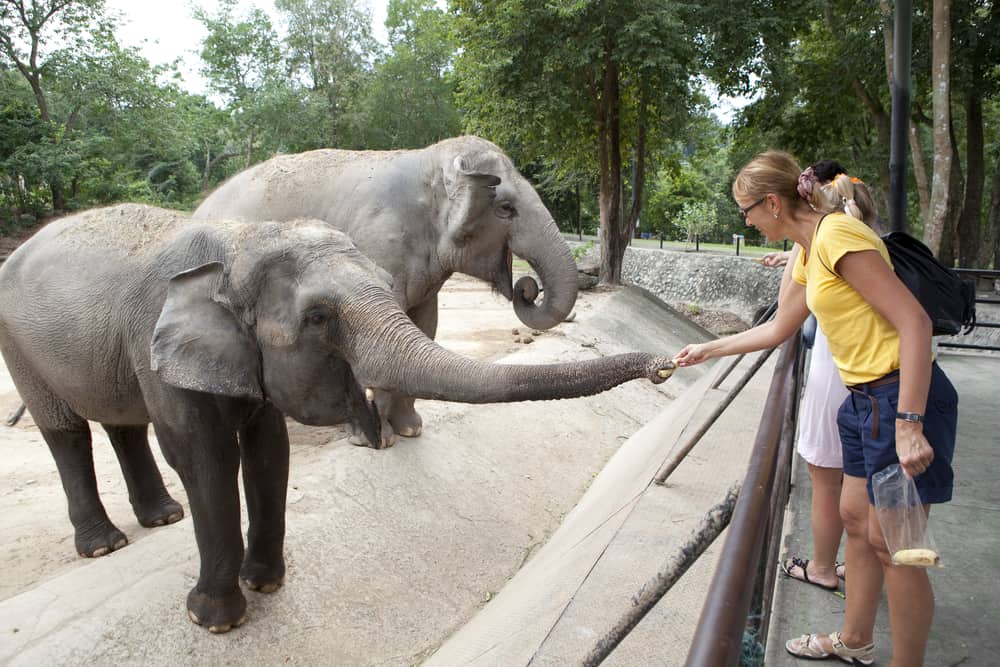People love animals for many reasons, including the loving way they play. Kittens and puppies make teeny-tiny noises, have adorable wittle fur, and super cute behaviors. When animals are playful, it just warms our hearts! However, sometimes these playful and seemingly cute behaviors are actually signs of aggression. Since our pets and other animals can’t speak to us so that we can understand, we have to pay extra attention to them, and these aggressive warning signs. If an animal starts acting out of character, even if it’s cute, there’s a good chance something unusual is happening. You would either want to get away from the animal right away, try and help it in any way you can, or even contact the vet office.
This article will explain different warning signs that show animal aggression. From wild creatures to your beloved pets, the animal may be sick, anxious, feel threatened, or scared. Sometimes, animals can be aggressive with no real good explanation behind their behavior. Nevertheless, be aware of these cute animal behaviors that are actually signs of aggression. We tried to stick mostly to pets you would come into contact with, like dogs and cats. We also discuss some farm animals like cows and pigs, and even talk about some zoo animals you might see like elephants and giraffes.
18. That elephant at the zoo is probably not really dancing.

At some point, you may have seen a video of an elephant swaying from side to side. It might even look as though the elephant is dancing. Yes, sometimes elephants do this when they hear music. However, music isn’t always playing during these videos. That means, it appears as though these elephants sway, or dance, unprompted. Unfortunately, as awesome as the idea of a dancing elephant is, this swaying isn’t always a good thing. There is a good chance that what elephants are doing is actually stereotypical behavior, which is a lot more depressing when you realize that that’s what is going on (via Ranker).
According to elephant experts, the motion of an elephant swaying side to side is the action of weaving. It usually occurs due to the psychological impact of being in captivity. When an elephant is bored, unstimulated, or lonely and deprived of contact with others like them, it will weave incessantly. While this act is unlikely to cause physical harm, it is a huge indicator that the elephant is not psychologically doing so well. Thus, the idea of a dancing elephant is actually a depressed creature stuck in captivity.
